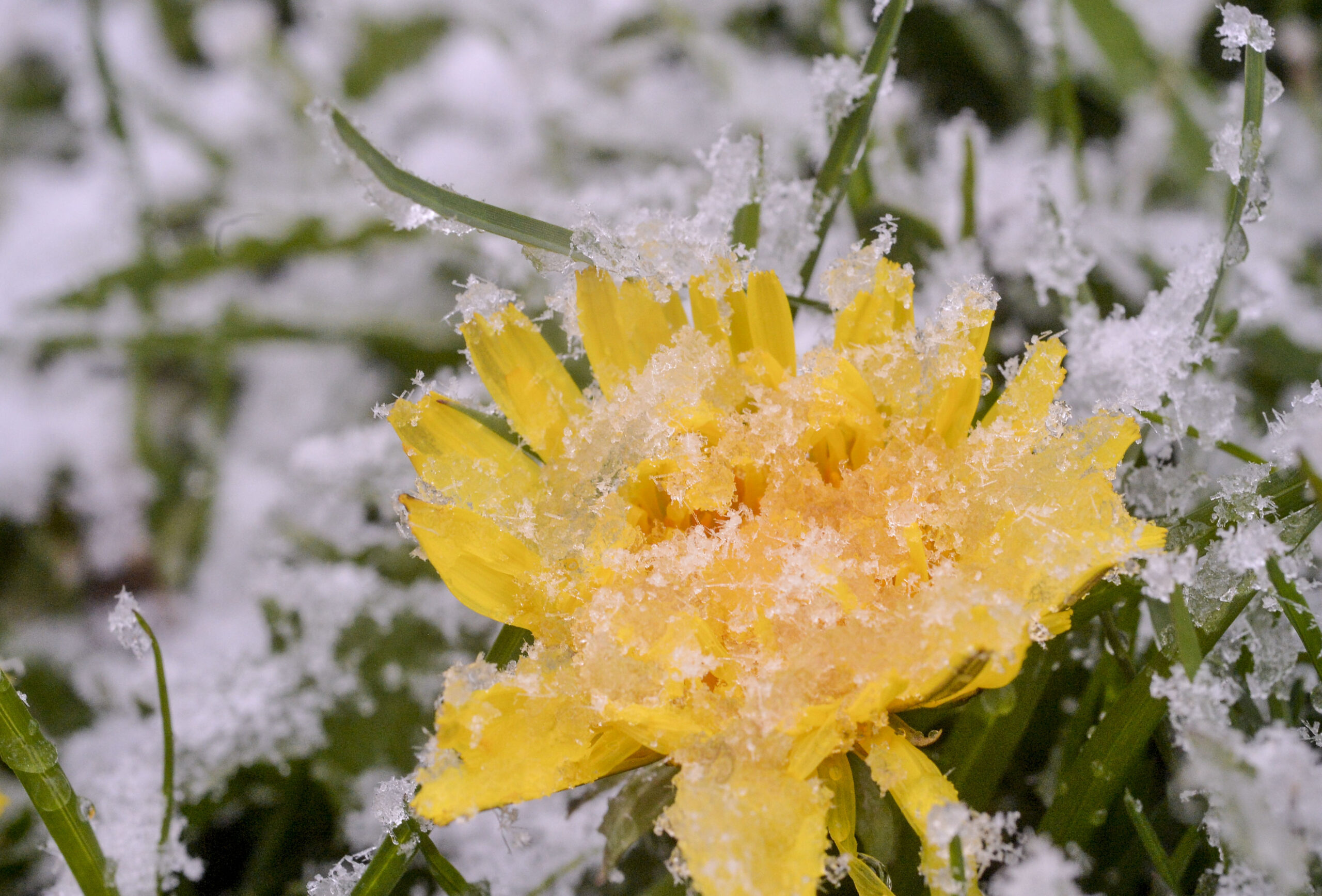I’m anxiously awaiting the first signs of spring — my favorite season.
The best part is watching flowers wake up after winter slumber. On these alternating snowy and muddy chilly days, I anticipate welcoming bright yellow coltsfoot that will line the sides of my road.
Turns out it won’t be a long wait, as I learned from a recent chat with Leigh Shields, of Shields Herb and Flower Farm in Spraggs, Pa.
Leigh observed and noted spring bloom date times for years and watched them creep upwards as climate change progresses.
He started journaling first blooms and peaks when he took a spring flora class at Waynesburg College in the early ’70s from Dr. Charles Bryner, a professor at Waynesburg (he’d studied at WVU with Dr. Core, after whom Core Arboretum is named).
Dr. Bryner took students to various locations to find blooming flowers. “One of the things we talked about was how he knew what flowers were blooming — and he did, he knew every day,” Leigh said. He knew because for all the time he (and probably those he learned from) observed, spring flowers bloomed at almost the exact same day every year.
Dr. Bryner told the students that it wasn’t known whether day length or warmth brought flowers into bloom.
Now Leigh has years of observations indicating that warmth triggers many blooms, and with climate change, flowers come into bloom much earlier than 50 years ago.
Let’s take for example, the aforementioned flower: “Coltsfoot, that was the first one we went out and found,” Leigh said.
These humble yellow flowers (at first glance might be mistaken for dandelions) come up before the leaves, which when they appear have the shape of a horses’s hoof — hence the name. Leigh told me that, brought from Europe, maybe mixed with other seeds or maybe for medicinal properties, they thrive in disturbed, poor soil.
In the early ’70s, when Leigh started taking notes, coltsfoot flowers peaked April 15. When he restarted taking notes in 2011, they started blooming March 12. Since, they’ve continued to start in March (with the exception of 2015, when they appeared April 10).
Most others Leigh has noted, including trilliums, have also consistently started about a month early. Twenty years ago, he noticed a local guided wildflower walk date moved up. “There was absolutely no talk of global warming,” he said; but people had just noticed that they missed seeing spring flowers if they walked around on the first weekend of May, so switched to the last weekend of April. “I think they’re going to have to move that up again,” he said.
The mild winters and early warming of recent decades don’t amount to an overall longer plant growing season, as killing frosts often occur in mid-May. A major problem is, as Leigh put it, “there are no rules — it’s erratic.”
“I did this just to know when things were blooming, so I could go look at them with someone,” Leigh said. But now he can look back and see effects of climate change on local flora.
Of course, change also impacts wildlife (we talked about drastic change in timing of frogs waking from hibernation).
Conversation with Leigh inspired me to keep a spreadsheet or journal too. Although we are in similar zones, I’d like more information on change specifics in my valley. “You pick out a couple things at the same place,” Leigh said. “That’ll tell you something … It’ll tell somebody a hundred years from now that we blew it.”




